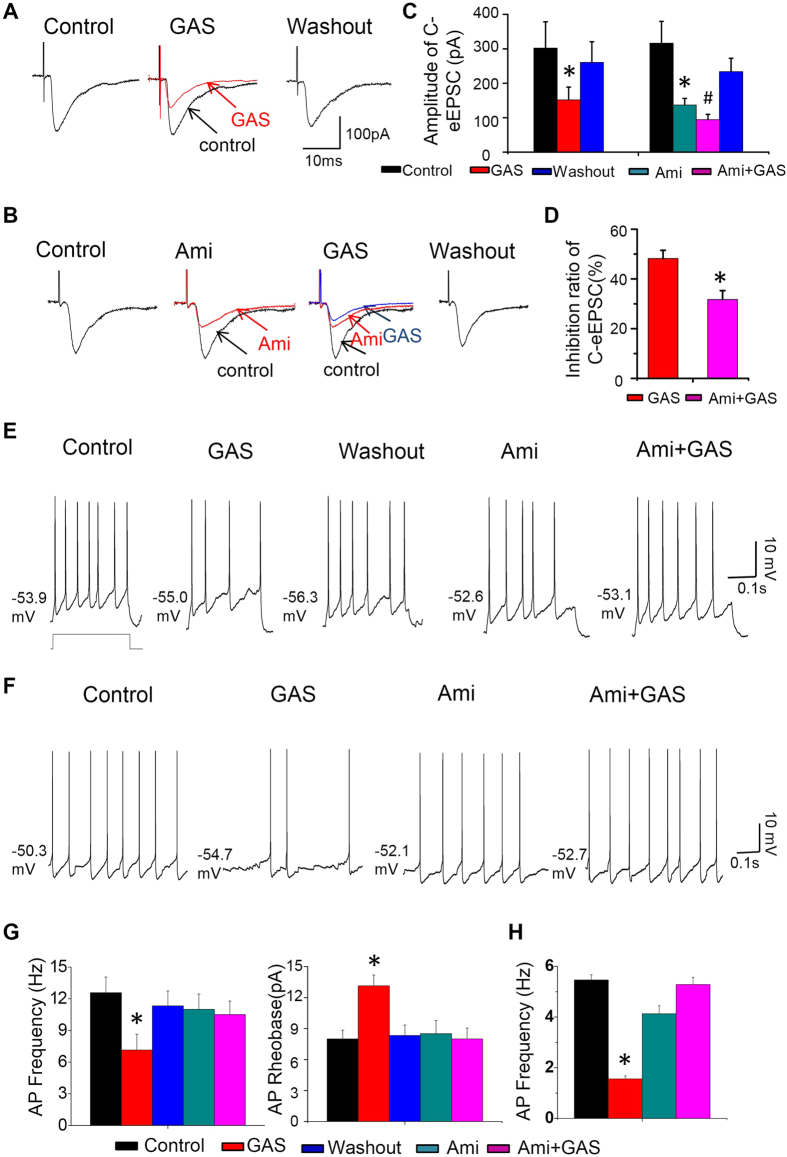Figure 9. GAS-induced inhibition of C-eEPSCs and spinal neuronal hyperexcitability in CFA-inflamed mice was mediated by blockade of ASIC channels.
(A,B) Typical traces showing the action of GAS (300 μM) on C-eEPSCs in the absence (A) and presence of a nonselective antagonist of ASICs, amiloride (200 μM) (B). Quantitative summaries are plotted in (C,D) (n = 5, P < 0.05), respectively. (E) Representative traces showing that GAS-induced inhibition of spinal neuronal hyperexcitability in response to depolarizing current injection (F) and spontaneous firing in CFA-inflamed mice were significantly suppressed by the blockade of ASICs (n = 8, P < 0.05). (G) Quantitative analysis showing that GAS-induced inhibition of firing frequency (left) and GAS-induced increase of rheobase in CFA-inflamed mice was blocked by amiloride. (H) Quantitative analysis showing that GAS-induced inhibition of spontaneous firing was eliminated by amiloride. All data are represented as mean ± S.E.M. *P < 0.05.

